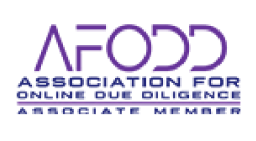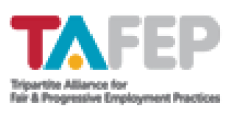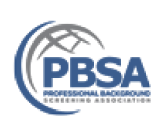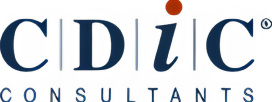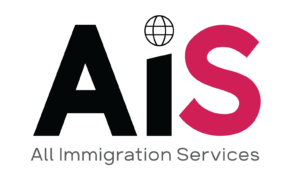Hiring Mistake – An employee makes an illegal decision that causes financial and reputational loss to the company.
Occurrences of bullying and harassment in the workplace leading to a rise in absenteeism and potential legal consequences.
A key person like a critical talent or top performer is poached by a competitor and leaves, resulting in a sudden skills gap in your organisation.
These are examples of the many forms that people risk can take. People risk even feeds into other major business risks – fraud, security, operational, financial and reputational risks are all directly impacted by your people.
HR leaders and professionals know that tackling and managing people risk is something that needs to be done on an ongoing, long-term basis. But what can be done correctly, right from the start, that could greatly mitigate that risk?
Here, we talk about the 5 common hiring mistakes that you could be making during the recruitment process – and how to fix them.
Hiring mistake #1: Failing to pre-screen applicants
The first hiring mistake comes from the pre-screening process. Imagine going through the entire interview process with a promising candidate – only to realise at the last moment that they had falsified details on their CV.
Up to 75% of HR leaders have caught a lie on a resume at least once in their careers. Pre-screening potential hires before committing resources to the interview process can save you valuable time and effort upfront. Basic things you should screen for include educational, employment and identification verification, as well as any directorship positions in other companies that may pose conflicts of interest.
Hiring mistake #2: Relying too much on the interview
In his book, Work Rules!, former senior Google executive Laszlo Bock says that “most interviews are a waste of time” because hiring managers spend most of the interview simply trying to confirm their first impression of the applicants, formed within the first 10 seconds of meeting them. This is where our biases may kick in and influence the interview experience, whether positively or negatively.
Additionally, it’s not too far-fetched to believe that some candidates may say or do anything just to close the deal and get the job offer, meaning they may inflate certain experiences or misrepresent their contributions to a project.
Mitigate people risk by checking references to gather more information about how candidates actually perform day-to-day, and to validate any information shared during the interview. You could also implement a simple test or exercise to ensure that they have the skills needed for the job.
Hiring mistake #3: Neglecting the importance of culture
While hard skills and work experience should certainly be prioritised in the hiring process, it’s important to assess a candidate’s culture fit before offering them a position. Hiring someone that doesn’t fit well with the company culture you’re trying to cultivate increases risk by damaging morale, disrupting the existing harmony, or even seeding toxicity in the workplace.
On the other hand, hiring a candidate who fits well culturally doesn’t just benefit your organisation, but the candidate as well – the individual you hire will better be able to flourish in their new role and drive long-term growth if they enjoy their work environment.
To filter out high-risk individuals, consider conducting a more holistic form of behavioural assessment to gain insight into a candidate’s personal and professional values, cultural and social mindsets, and key motivators.
Hiring mistake #4: Only looking outside the organisation for talent
The best candidates could already be in the company! In addition to being less costly in terms of time and resources, training an existing employee for a critical role instead of hiring externally also poses less risk – they would already be familiar with your organisation’s processes, values and mission, so they’re a known factor.
Furthermore, promoting and upskilling internally could potentially boost morale and productivity, and could even strengthen your talent pipeline to better tackle talent crunches.
Hiring mistake #5: Not conducting background checks
Beyond verifying qualifications and employment history, background research is more in-depth, and can include reputational checks, sanctions and media searches, and financial health screenings. High-risk indicators could include addictions like drinking or gambling, accusations of harassment, past criminal records, high amounts of debt, or poor conduct on social media.
And background checks don’t just apply to the hiring stage. Regular post-employment checks on your existing employees, especially those in more senior positions, could play a vital role in minimising people risk. That’s because personal circumstances can shift over the years – people can start new companies, get into trouble with their mortgage, or see a sudden surge in medical expenses.
To tackle risks, you must first know where they exist
We’re not saying that you should remove these people from your organisation. We are saying that your risk management strategy can only be made more effective by acknowledging that these risks exist, identifying where they lie and defining what they are.
While people risk may seem somehow murkier or more unpredictable than other forms of risk, the principles of managing it are the same as any other: prevention, detection, deterrence and response.
Pinpointing occupational fraud risks through thorough employee research requires specialised expertise and know-how, which most businesses understandably do not have. That’s where a trusted external screening provider like RMI can help, assessing high-risk areas and providing customised pre- and re-screening programmes that address your organisation’s specific needs.
Contact us to learn more about how we can help you mitigate risk across all stages of the recruitment process and avoid the aforementioned hiring mistakes.
